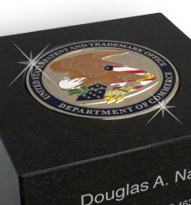
Patent Cube Award
www.patentcubes.com is where you can learn more and buy Patent Cubes.
We have had a lot of clients and potential clients showing interest and asking good questions about our patent cubes in the last few months. So I would like to address some of those questions:
Question 1: What is the size of the Patent Cube?
Answer 1: Each cube is 4” x 4” x 4” and weighs approximately 7 pounds.
Question 2: What is the cube made from?
Answer 2: The cube is solid hand-polished black granite.
Question 3: Why granite and not marble?
Answer 3: We use granite for the Patent Cube because it is much stronger material and engraves beautifully.
Question 4: How is the United States Patent and Trademark Office (USPTO) seal medallion made?
Answer 4: The USPTO seal medallion is die struck and plated with 24kt gold to which creates a 2 dimensional seal which is then color filled to enhance the beautiful american eagle.
Continue reading “Patent Cube Questions and Answers” →

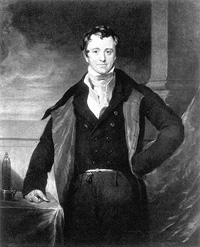 Nitrous Oxide as an Anesthetic
Nitrous Oxide as an Anesthetic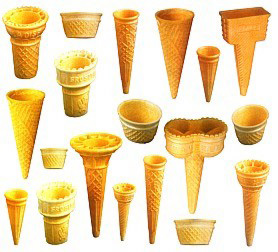 There are many stories of who invented the ice cream cone. Many people say that the ice cream cone was invented July 23, 1904 at the St. Louis World Fair. But who at the fair invented the cone? There were more than fifty ice cream vendors and over a dozen waffle stands with many claims of invention.
There are many stories of who invented the ice cream cone. Many people say that the ice cream cone was invented July 23, 1904 at the St. Louis World Fair. But who at the fair invented the cone? There were more than fifty ice cream vendors and over a dozen waffle stands with many claims of invention.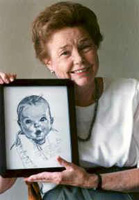 In 1928, the Fremont Canning Company was looking for a face to represent its new baby food campaign. Owner Frank Gerber decided to sponsor a nationwide competition to find the face that would appear on the new packaging. Paintings and drawings were submitted from all over the country. The entries included everything from intricate oil paintings to simple sketches.
In 1928, the Fremont Canning Company was looking for a face to represent its new baby food campaign. Owner Frank Gerber decided to sponsor a nationwide competition to find the face that would appear on the new packaging. Paintings and drawings were submitted from all over the country. The entries included everything from intricate oil paintings to simple sketches.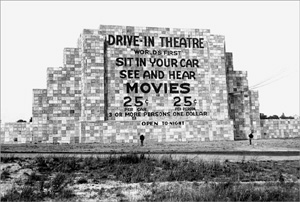 Richard H. Hollingshead, Jr. is credited with the invention of the Drive-in Movie Theatre. Hollingshead’s position as the sales manager for Whiz Auto Products Company was not very interesting and he set out to challenge himself. While studying American culture, Richard discovered that while Americans would never give up going to the movies it was often a hassle for parents. Going to the movies was not a family activity. Children went to matinees while adults dressed up and went to evening shows. A babysitter was needed for the children and dad had to dress up after a day of work.
Richard H. Hollingshead, Jr. is credited with the invention of the Drive-in Movie Theatre. Hollingshead’s position as the sales manager for Whiz Auto Products Company was not very interesting and he set out to challenge himself. While studying American culture, Richard discovered that while Americans would never give up going to the movies it was often a hassle for parents. Going to the movies was not a family activity. Children went to matinees while adults dressed up and went to evening shows. A babysitter was needed for the children and dad had to dress up after a day of work. 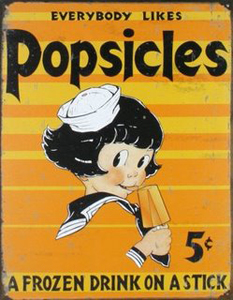 In 1905, an eleven-year old boy mixed some soda water powder and water. The boy, Frank Epperson, forgot the mixture on the back porch with the stirring stick still in the container. Overnight the temperature dropped below freezing turning the mixture to ice. Epperson took the frozen soda water to school to show his friends.
In 1905, an eleven-year old boy mixed some soda water powder and water. The boy, Frank Epperson, forgot the mixture on the back porch with the stirring stick still in the container. Overnight the temperature dropped below freezing turning the mixture to ice. Epperson took the frozen soda water to school to show his friends.
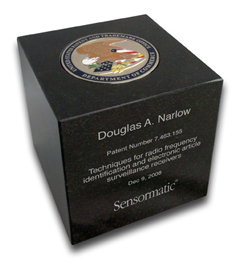 We have just introduced the Patent Cube to the world. This beauty is a 4” x 4” x 4” solid granite hand-polished cube which features a medallion of the United States Patent and Trademark Office seal die struck and plated with 24kt gold. The sides of the cube can be engraved with your name, patent details or even a company logo. We can engrave practically anything on the sides of the cube in our state-of-the-art manufacturing facility…just ask.
We have just introduced the Patent Cube to the world. This beauty is a 4” x 4” x 4” solid granite hand-polished cube which features a medallion of the United States Patent and Trademark Office seal die struck and plated with 24kt gold. The sides of the cube can be engraved with your name, patent details or even a company logo. We can engrave practically anything on the sides of the cube in our state-of-the-art manufacturing facility…just ask. 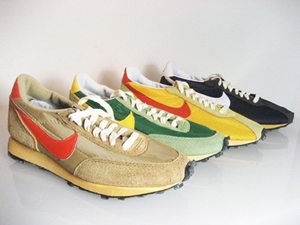 In 1971, Carolyn Davidson was studying graphic design at Portland State University. Phil Knight, the co-founder of Nike, was teaching accounting classes at the school while starting his business then known as Blue Ribbon Sports. Davidson began doing freelance work for Knight’s small company.
In 1971, Carolyn Davidson was studying graphic design at Portland State University. Phil Knight, the co-founder of Nike, was teaching accounting classes at the school while starting his business then known as Blue Ribbon Sports. Davidson began doing freelance work for Knight’s small company.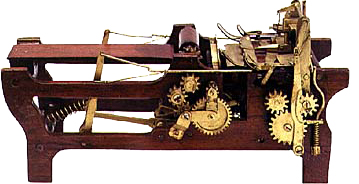 Margaret Knight is credited with over 90 different inventions and she received 26 patents in her lifetime. Her patents included textile and shoe-making machinery, domestic devices, and an automobile engine. She received her first patent at the age of 30 but was inventing her entire life.
Margaret Knight is credited with over 90 different inventions and she received 26 patents in her lifetime. Her patents included textile and shoe-making machinery, domestic devices, and an automobile engine. She received her first patent at the age of 30 but was inventing her entire life.